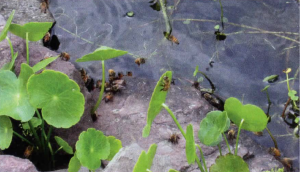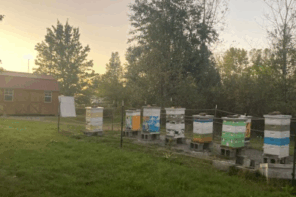By: Ann Harman
This article originally appeared in the Summer 2020 issue of BEEKeeping Your First Three Years
• Harvest honey during first two weeks of July, depending on climate and nectar flow.
• In small hive beetle areas do not put wet honey supers on hive for bees to clean.
• Wet supers can be put well away from hives for a few hours for bees to clean.
• If no brood at all was raised in honey supers, then wax moth is not a problem.
• If any brood was raised in supers, they can be put into plastic bags then into a freezer for a week. Do not take bag off until ready to use for honey again or for needed repairs.
• Protect stored honey supers from mice.
• Monitor for Varroa immediately after harvest.
• Take action against Varroa if more than 1 mite per one hundred bees are found.
• If using chemical treatment read the miticide label, noting temperature information.
• Keep small hive beetle under control with beetle traps.
• If using pollen patties, monitor them for small hive beetle infestation.
• Bees need from 1 to 2 gallons of water during intense Summer heat.
• Maintain good ventilation.
• Mow grass and weeds in beeyard to give bees easy flight.
• Monitor yourself for ticks acquired in beeyard.
• Robbing can be a problem, especially during a dearth of blossoms.
• Feed all hives and feed inside hives to help prevent robbing.
• Monitor queen performance and requeen if necessary.
• Do not combine one weak colony with another weak colony. Combine weak with strong and kill weak colony queen.
• In cold climates feed 2:1 sugar syrup in September for Winter food storage.
• Always be a Weather Watcher and a Plant Watcher.










